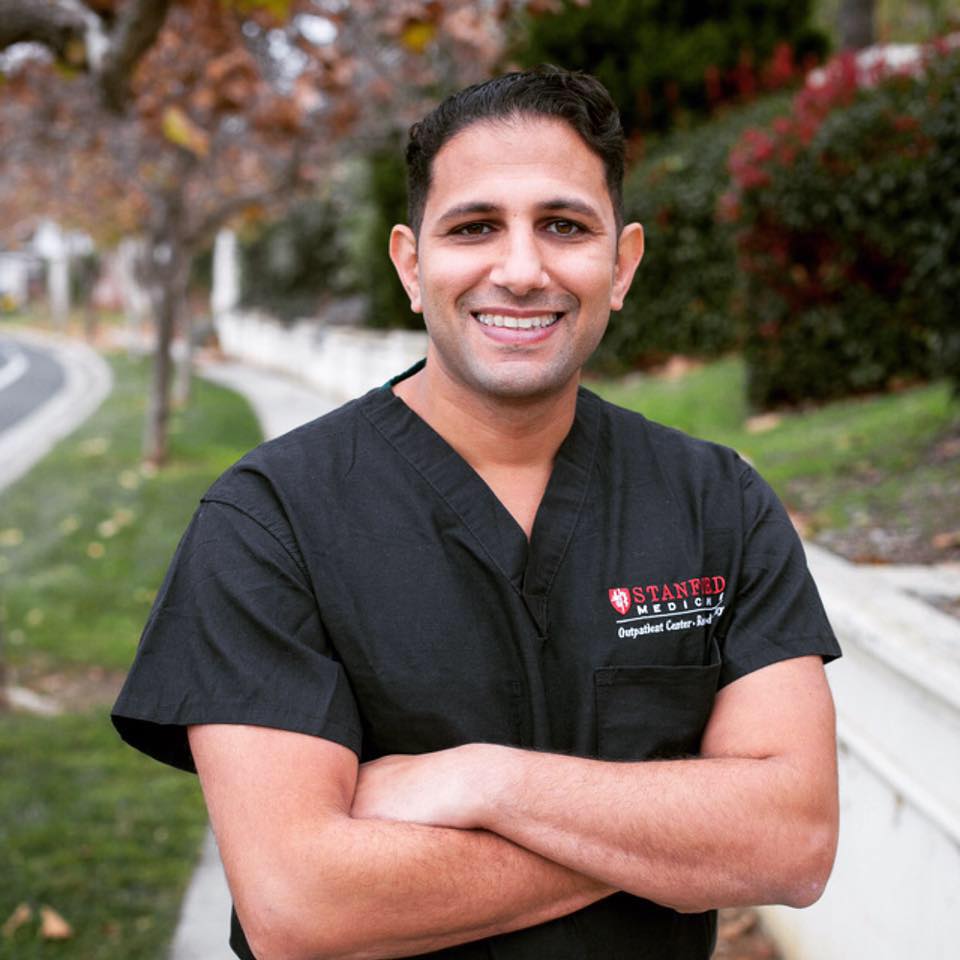In this lecture, Dr. Zaafran continues to explore the world of anti-histamines. In this presentation, he discusses:
-What are decongestants?
-What are the two main types used?
-Are there different administration modalities?
-What are the types of symptoms most often seen in patients requiring -
nasal decongestants?
-Discussion of cough physiology
-Different types of cough
- Mechanisms of anti-tussive (cough) medications
-What are the different types of anti-tussives?
-Review of the anti-tussive side effects
In this video we will learn about :
1. Nasal congestion and decongestants.
2. Oral decongestants, MOA and side effects.
3. Nasal decongestants, adrenergic vs steroids.
4. Antitussives,opioids vs non opioids.
5. Mechanism of action and side effects of antitussives.
Following answers are created by ChatGPT. Occasionally the answer may be harmful, incorrect, false, misleading, incomplete, or limited in knowledge of world. Please contact your doctor for all healthcare decisions. Also, double check the answer provided by the AI below.
In addition to the presenter, following authors may have helped with the content writing, review, or approval:
ACCME Accreditation Statement
The DrBeen Corp is accredited by the Accreditation Council for Continuing Medical Education (ACCME) to
provide continuing medical education for physicians.
AMA Credit Designation Statement
The DrBeen Corp designates this enduring material for a maximum of 0.5 AMA PRA Category 1
Credits™.
Physicians should claim only the credit commensurate with the extent of their participation in the
activity.
In accordance with the disclosure policies of DrBeen Corp and the ACCME (Accreditation Council for
Continuing Medical Education), we are committed to upholding principles of balance, independence,
objectivity, and scientific rigor in all of our Continuing Medical Education (CME) and Continuing
Education (CE) activities. These policies include the careful management and mitigation of any relevant
financial relationships with organizations that are not eligible.
All members of the Activity Planning Committee and presenters have disclosed their relevant financial
relationships. The DrBeen Corp CE Committee has thoroughly reviewed these disclosures and determined
that these relationships are not deemed inappropriate in the context of their respective presentations.
Additionally, they are found to be consistent with the educational objectives and the integrity of the
activity.
| Faculty | Disclosures |
|---|---|
| Ahmed Zaafran, MD | Author declares no conflict of interest. |

Co-founder, Chief Medical Officer Lucid Lanes Board-Certified Clinical and Research Anesthesiologist, TEDx Speaker
I’m currently the CEO and President of Lucid Lane Providers, and the Chief Medical Officer of Lucid Lane, Inc, a digital health company I co-founded in 2018. I am a digital health entrepreneur and clinical anesthesiologist. I trained at the world-renowned Texas Medical Center in Houston, Texas, and joined the faculty at Stanford University School of Medicine in the department of Anesthesiology from 2012-2021. My TEDx talk in 2023 focused on our data-driven solution, via therapy, to prevent and reduce opioid dependence around surgery, while leveraging technology to improve pain and patient outcomes. The intent is to provide value foremost to the patient to live a better life, while also creating an ecosystem of benefit to providers, payors, and employers.
Dr. Mobeen Syed
Ahmed Zaafran, MD
Amr Madkour, MD
Dr. Mobeen Syed
Dr. Mobeen Syed
Dr. Mobeen Syed
Dr. Mobeen Syed
Dr. Mobeen Syed
Dr. Mobeen Syed
Dr. Mobeen Syed
Dr. Mobeen Syed
Dr. Mobeen Syed
Dr. Mobeen Syed
Dr. Mobeen Syed
Dr. Mobeen Syed
Dr. Mobeen Syed
Dr. Mobeen Syed
Dr. Mobeen Syed
Dr. Mobeen Syed
Dr. Mobeen Syed
Dr. Mobeen Syed
Dr. Mobeen Syed
Dr. Mobeen Syed
Dr. Mobeen Syed
Dr. Mobeen Syed
Dr. Mobeen Syed
Luis A Verduzco M.D.
Tammy Wang, MD
Ahmed Zaafran, MD
Dr. Mobeen Syed
Dr. Mobeen Syed
Dr. Mobeen Syed
Mir Alikhan, MD
Dr. Mobeen Syed
Dr. Mobeen Syed
Mir Alikhan, MD
Dr. Mobeen Syed
Dr. Mobeen Syed
Dr. Mobeen Syed
Dr. Mobeen Syed
Dr. Mobeen Syed
Dr. Mobeen Syed
Dr. Mobeen Syed
Dr. Mobeen Syed
All information contained in and produced by DrBeen corp is provided for educational purposes only. This information should not be used for the diagnosis or treatment of any health problem or disease.
THIS INFORMATION IS NOT INTENDED TO REPLACE CLINICAL JUDGMENT OR GUIDE INDIVIDUAL PATIENT CARE IN ANY MANNER.
Click here for notice and disclaimer.
Write A New Comment
0 Comments